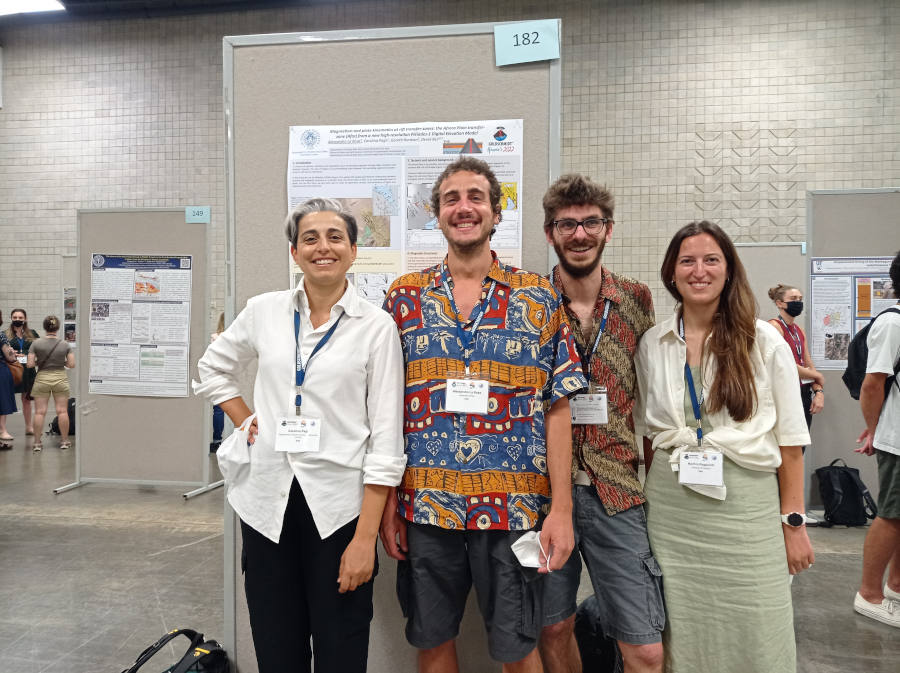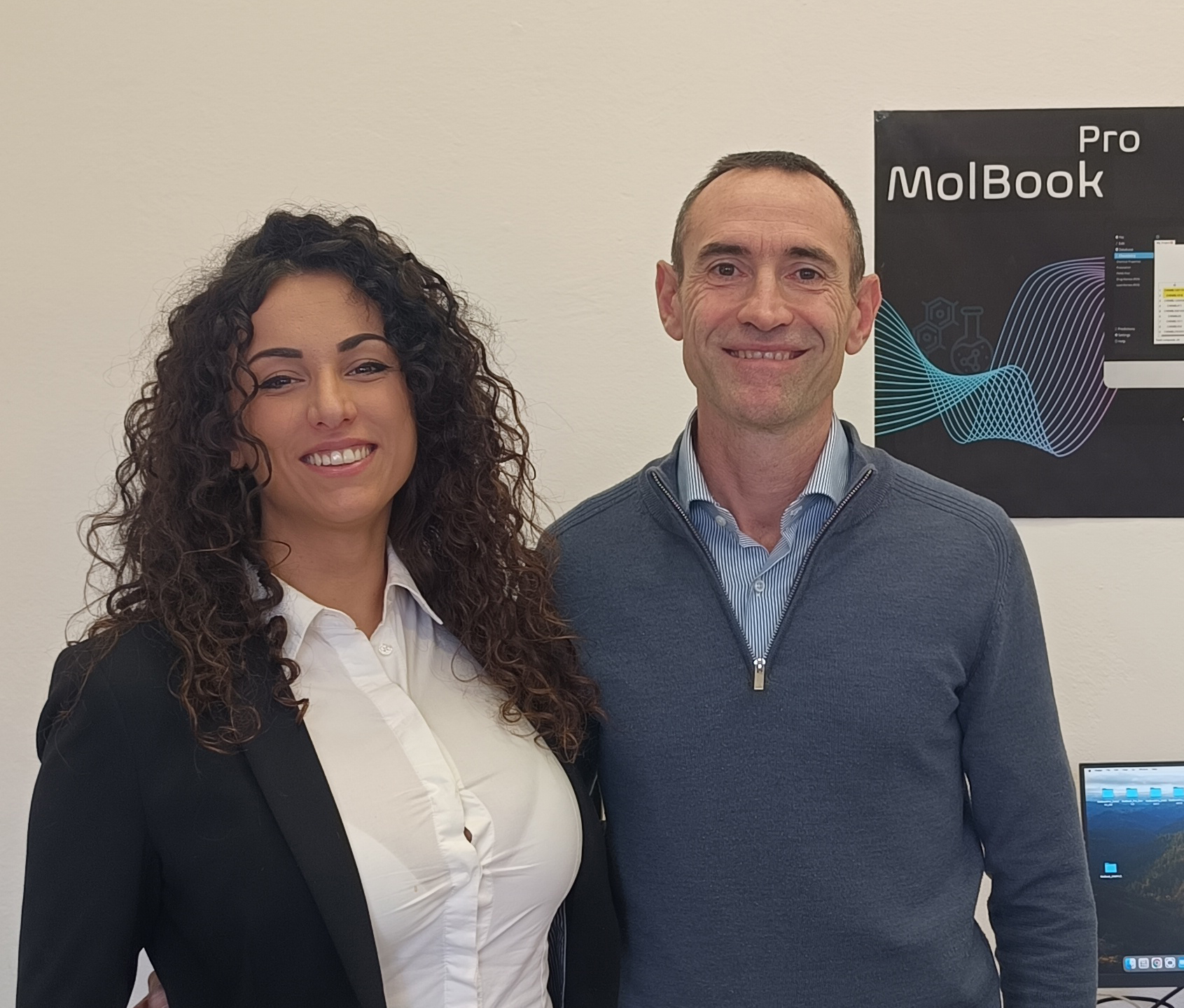In the Afar region of East Africa, three major tectonic plates are pulling apart, and in geological terms, a new ocean is set to emerge. Two recently published studies in journals of the Nature group shed new light on this phenomenon. According to the findings, the upwelling of magma from the deep mantle is shaped by the separation of the plates near the Earth’s surface—contrary to what was previously believed. The University of Pisa played a pivotal role in both studies, with researchers from the Department of Earth Sciences contributing to data analysis, field sampling, and the preservation of reference geological materials.
“These two studies allow us to clearly observe a geological process of enormous magnitude: the formation of a new ocean, albeit on geological timescales of tens of millions of years,” explains Professor Carolina Pagli from the Department of Earth Sciences at the University of Pisa. “Our data show that the rise of hot material from the mantle is closely linked to the movements of the tectonic plates that drive the opening of the Earth’s crust. This movement not only ‘tears apart’ the crust but also controls the rise of magma. This important shift in perspective enhances our understanding of major geological processes, as well as seismic and volcanic activity in rift zones.”

The first study, led by a team from the University of Pisa and published in Communications Earth & Environment, reconstructed the evolution of the Afar rift—essentially a fracture in the Earth’s crust—over the past 2-2.5 million years. By dating sixteen lava flows, the researchers demonstrated that the active rift zone has progressively narrowed and shifted asymmetrically, increasingly resembling oceanic crust. This process is driven by the ongoing separation of the Arabian and African plates, which thin the crust until it breaks as they move apart.
The second study, led by the University of Southampton and involving the University of Pisa, was published in Nature Geoscience. It analysed more than 130 lava samples. Using advanced statistical models, the researchers found that the mantle beneath Afar behaves and distributes itself differently in the three branches of the rift (Red Sea, Gulf of Aden, and Ethiopian Rift), depending on the extension rate and the thickness of the overlying crust. In other words, tectonics shape the behaviour of the mantle rather than the other way around.
The first study, published in Communications Earth & Environment, was carried out by an Italian-British team including Anna Gioncada and Carolina Pagli from the Department of Earth Sciences at the University of Pisa, and Gianmaria Tortelli from the universities of Pisa and Florence. Carolina Pagli also contributed to the research published in Nature Geoscience and led by Emma J. Watts of the University of Southampton.



